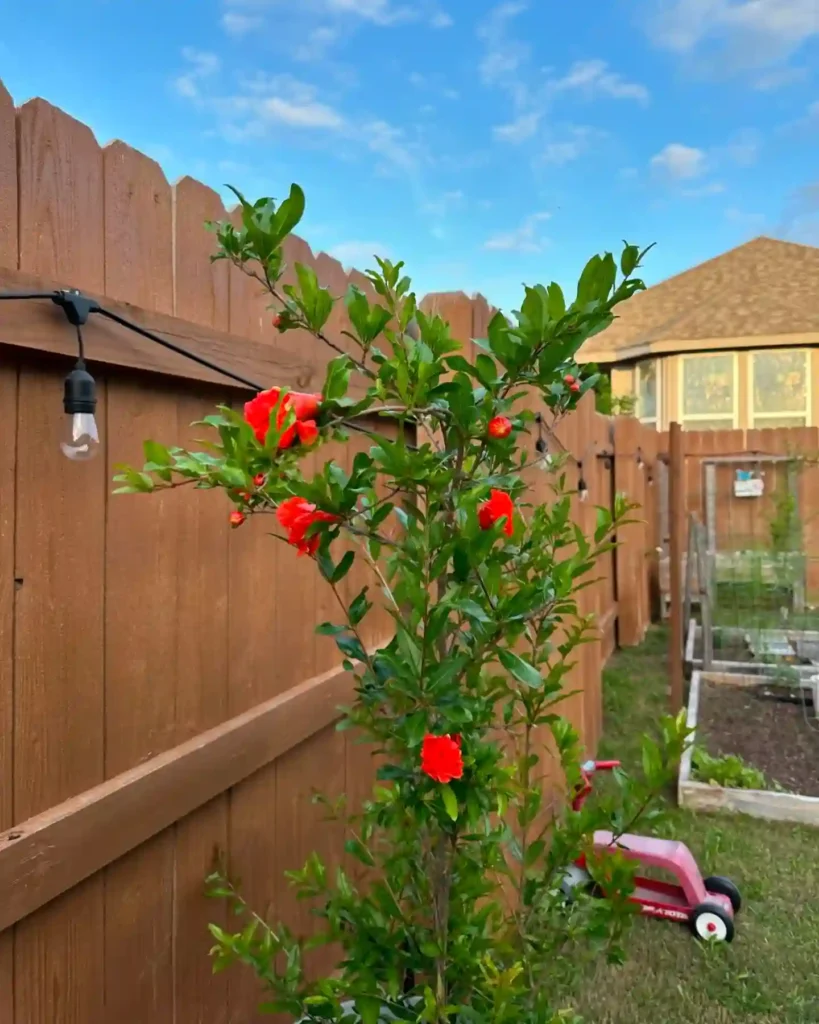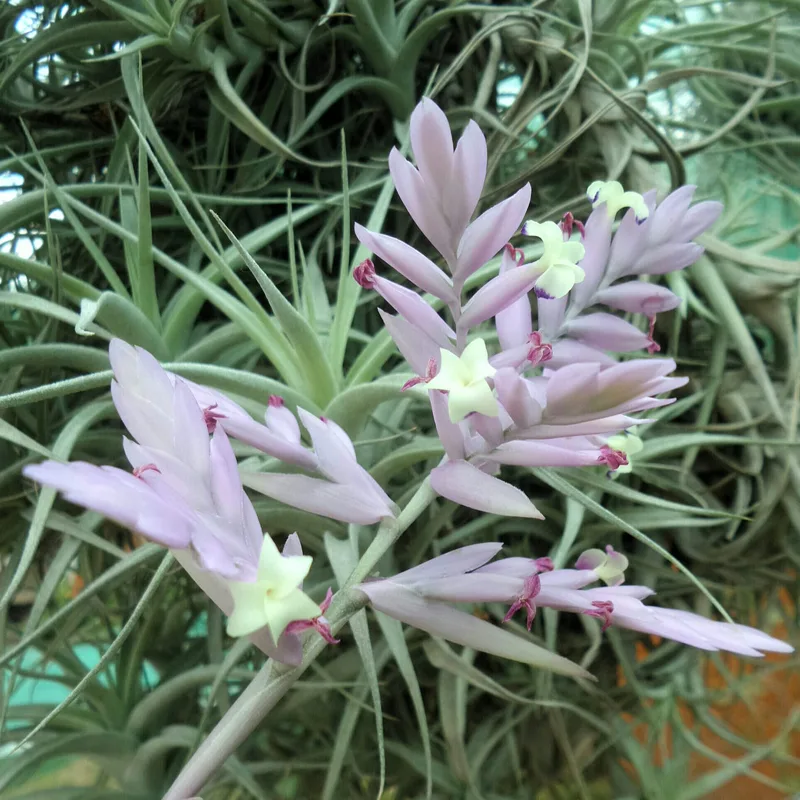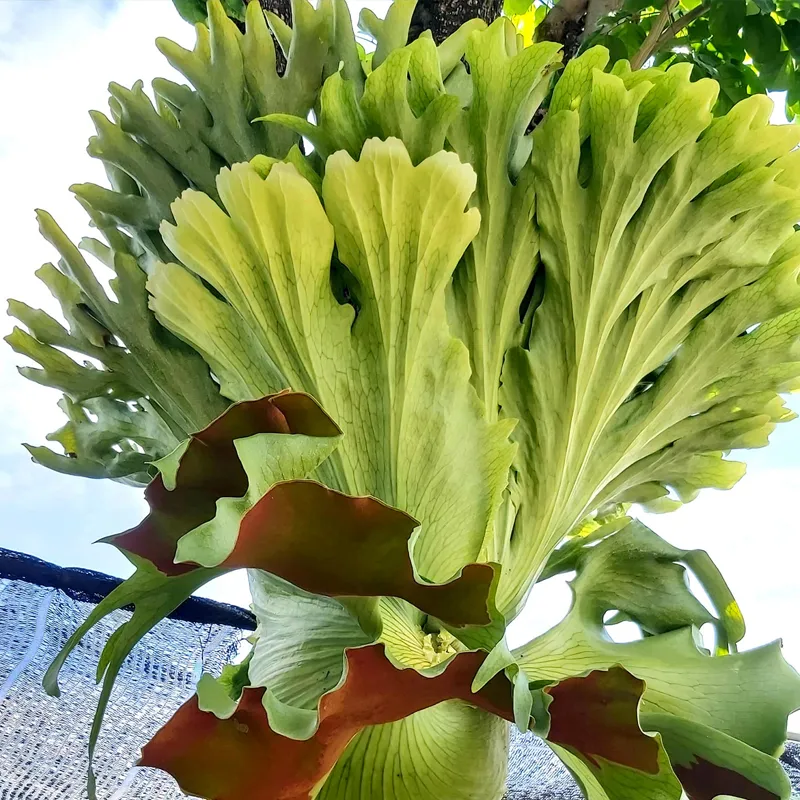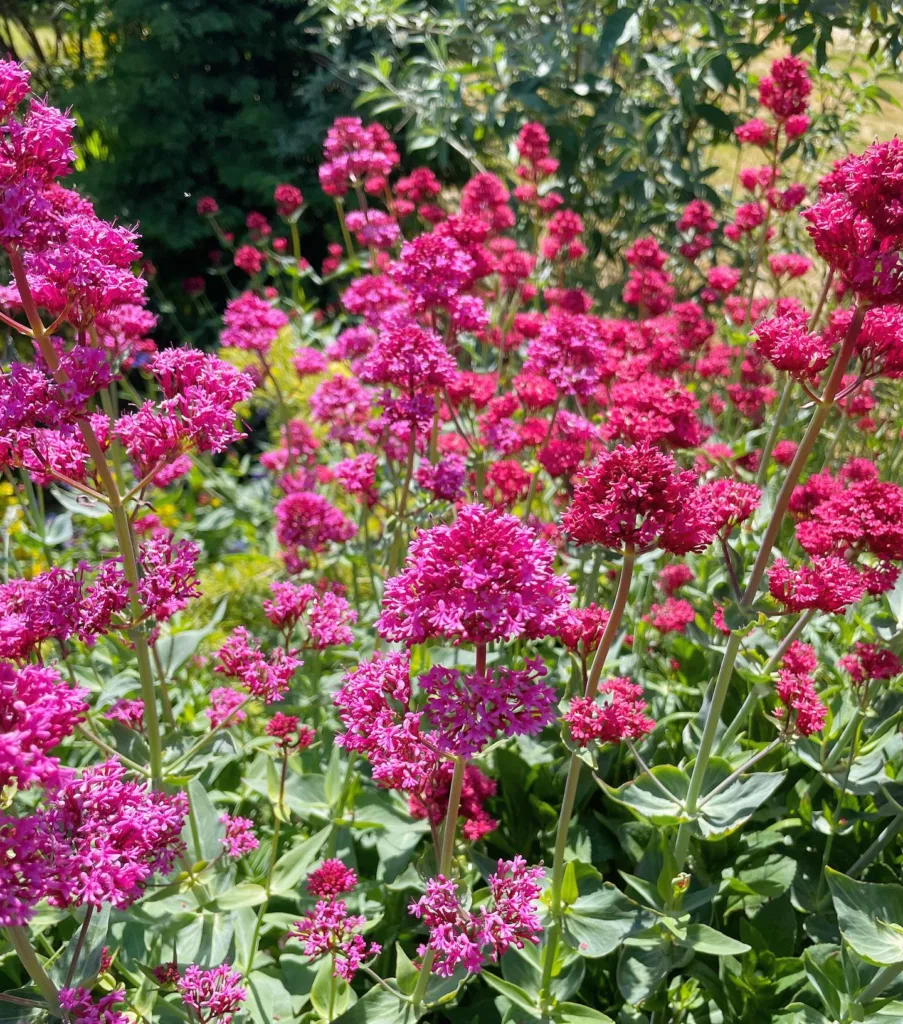Discovering the Sphenocleaceae Family: A Closer Look at Sphenoclea
As a plant enthusiast, I find immense joy in exploring the diverse families within the plant kingdom. One family that has recently piqued my interest is the Sphenocleaceae family, particularly the genus Sphenoclea. This unique group of plants has intriguing characteristics and plays a fascinating role in their ecosystems.
What is the Sphenocleaceae Family?
The Sphenocleaceae family is a lesser-known group of flowering plants within the order Dilleniaceae. This family comprises only one genus: Sphenoclea. Members of the Sphenocleaceae family are primarily aquatic or semi-aquatic plants, thriving in wetland habitats. Their adaptability to various environmental conditions makes them a significant part of their ecosystems.
Characteristics of Sphenoclea
One of the standout features of Sphenoclea species is their unique morphological traits. These plants typically exhibit broad, lobed leaves that can vary in shape depending on their habitat. The leaves are usually green, providing a lush appearance that adds to the aesthetic of wetland areas.
The flowers of Sphenoclea are equally intriguing. They usually emerge in clusters and exhibit a simple structure, often with delicate petals that can attract a variety of pollinators. These flowers are typically white or pale yellow, adding a subtle charm to their environment. I’ve found that observing these flowers in bloom can be quite rewarding, especially when you notice the buzzing bees and fluttering butterflies drawn to their nectar.
Habitat and Distribution
Sphenoclea species are primarily found in tropical and subtropical regions, with a notable concentration in Africa and parts of Asia. They thrive in freshwater environments, often seen along riverbanks, marshes, and ponds. During my visits to wetlands, I’ve encountered these plants flourishing in shallow waters, where their roots are submerged, absorbing nutrients from the aquatic soil.
Their habitat preferences make them important for wetland conservation efforts. The presence of Sphenoclea species indicates a healthy ecosystem, as they help maintain water quality and provide habitat for various aquatic organisms. As someone passionate about biodiversity, I appreciate how these plants contribute to their environments.
Ecological Significance
The ecological role of Sphenoclea goes beyond its aesthetic appeal. These plants play a crucial part in maintaining the balance of wetland ecosystems. By stabilizing soil and preventing erosion, they help protect the surrounding habitat from degradation. Their dense root systems can trap sediments, improving water clarity and quality.
Moreover, the flowers of Sphenoclea attract various pollinators, which is essential for plant reproduction. This interconnectedness within the ecosystem highlights the importance of preserving wetland areas where these plants thrive. It’s a reminder of how every species, no matter how small, contributes to the larger web of life.
Cultivation and Uses
While Sphenoclea is not widely cultivated, there is potential for its use in ornamental gardening, especially in water gardens and pond landscapes. The lush foliage and delicate flowers can add beauty to any aquatic setting. I’ve always believed that incorporating native plants like Sphenoclea into our gardens not only enhances their beauty but also supports local wildlife.
Additionally, there is ongoing research into the medicinal properties of some Sphenoclea species. Traditional uses in various cultures have shown potential health benefits, though further studies are needed to validate these claims. As someone who appreciates the fusion of nature and wellness, I find this aspect particularly fascinating.
Conservation Challenges
Despite their ecological significance, Sphenoclea species face threats from habitat destruction and climate change. Wetlands are among the most endangered ecosystems globally, and as these habitats decline, so do the plants and animals that rely on them. Conservation efforts are crucial in ensuring the survival of Sphenocleaceae and the ecosystems they inhabit.
In my view, raising awareness about the importance of wetlands and their associated flora is essential. Engaging in local conservation initiatives and supporting organizations dedicated to preserving these habitats can make a difference. As I continue my journey through the plant world, I aim to contribute to the appreciation and protection of these remarkable species.
Conclusion
The Sphenocleaceae family, particularly the genus Sphenoclea, offers a fascinating glimpse into the intricacies of plant life. Their unique characteristics, ecological significance, and potential uses make them worthy of exploration and conservation. As I delve deeper into the plant kingdom, I find myself increasingly captivated by the wonders of nature and the critical role these plants play in maintaining our planet’s biodiversity. Embracing these lesser-known species can lead to a greater appreciation of the beauty and complexity of our natural world.
If i die, water my plants!



